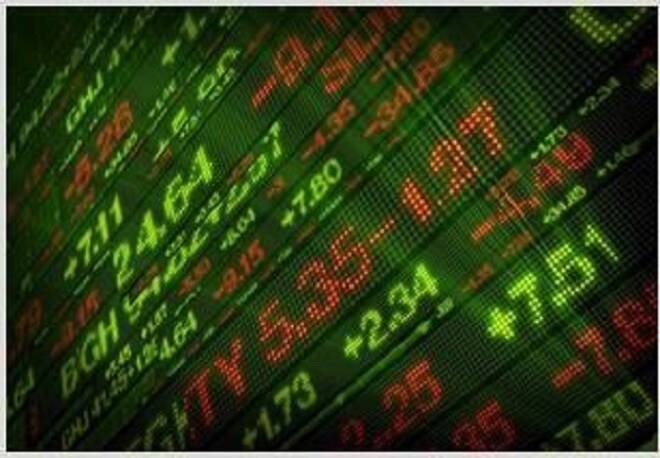Advertisement
Advertisement
Trade Deal May Be Priced In, but Will US Be Able to Police New Rules?
By:
Despite the optimism over the impending trade deal, we’re dealing with the trading world and the markets tend to discount future events. In other words, the price action this week suggests that most of the deal has already been baked into the markets. This likely means investors are being set up for a classic, “buy the rumor”, sell the fact” event.
The major Asia-Pacific stock indexes are trading mixed on Thursday as investors continued to anticipate the announcement of a U.S.-China trade agreement which could bring an end to the more-than-year-long trade dispute between the two major economic powerhouses.
According to a report from the Financial Times on Tuesday, both countries are very close to inking the deal as high-level negotiations began on Wednesday in Washington. Hopes were raised further with the announcement that U.S. President Trump was planning to meet with Chinese Vice Premier Liu He on Thursday in Washington.
Yesterday’s meeting featured another revelation that may have served as proof that the two countries were moving closer to a deal. According to White House economic advisor Larry Kudlow, China has acknowledged for the first time that the United States has legitimate gripes about IP theft, forced technology transfer and cyber hacking.
“They have for the first time acknowledged that we have a point. Several points,” Kudlow told reporters at an event hosted by The Christian Science Monitor. Previously, he said, “they were in denial.”
Despite the optimism over the impending trade deal, we’re dealing with the trading world and the markets tend to discount future events. In other words, the price action this week suggests that most of the deal has already been baked into the markets. This likely means investors are being set up for a classic, “buy the rumor”, sell the fact” event. Sure we could see a spike to the upside after the release of the news, but we’re not likely to see a sustained move created by the announcement of the deal because it had been telegraphed for so long.
Rob Subbaraman, head of emerging market economics at Nomura, and Vishnu Varathan, head of economics and strategy at Mizuho Bank see a similar pattern developing.
Nomura told CNBC’s “Street Signs” on Thursday, “A lot of the news around the trade negotiations, I think…is priced into the markets. I think markets are expecting a pretty comprehensive deal to come through, timing still uncertain.”
He further added, “To really give the markets another lift, we need to see some of the existing tariffs, whether it’s on the $50 billion or the $200 billion, actually rolled back.” Trump has already said the tariffs will stay in place, but this may have been a negotiating tactic on his part.
Varathan added, “News that a US-China trade agreement is virtually a done-deal has fueled optimism. But markets may be converging too quickly on the ‘done’ before the ‘deal.’”
Varathan further commented on the market action after a deal is announced. His main concerns centered on enforcement of any deal and the U.S. right to retaliate if China deviates from the agreement. He cited “landmines” in the implementation and enforcement of any deal that might emerge, citing examples such as Washington’s demands that Beijing “gives up its right of retaliation” if the U.S. unilaterally but proportionally imposes tariffs on China’s non-compliance.”
To his credit, Varathan has a point, but it further supports the notion that we could see a volatile two-sided response to the news. The first response is likely to be a spike to the upside as this would likely blow out the last of the short-sellers as well as attract speculative buyers. They will be expressing relief that the trade dispute is over.
The second response is likely to be selling pressure. This will come in the form of profit-taking and some speculative shorting by traders betting against the success of the new deal due to the U.S. inability to enforce the new rules.
About the Author
James Hyerczykauthor
James Hyerczyk is a U.S. based seasoned technical analyst and educator with over 40 years of experience in market analysis and trading, specializing in chart patterns and price movement. He is the author of two books on technical analysis and has a background in both futures and stock markets.
Advertisement
